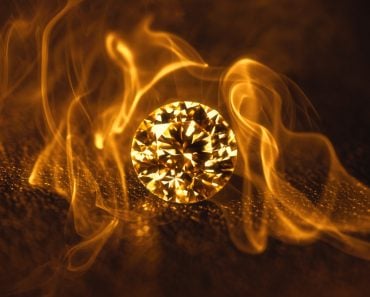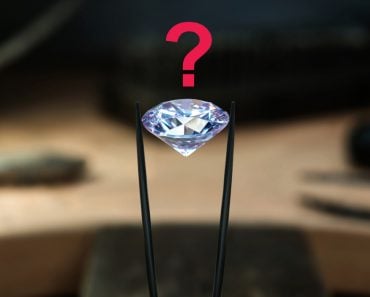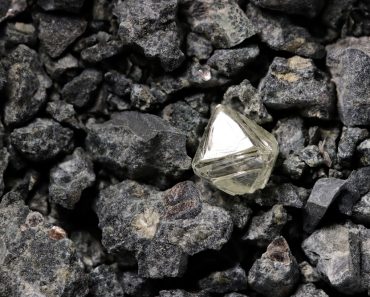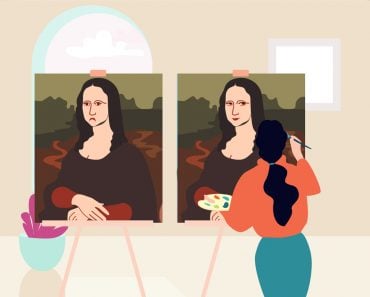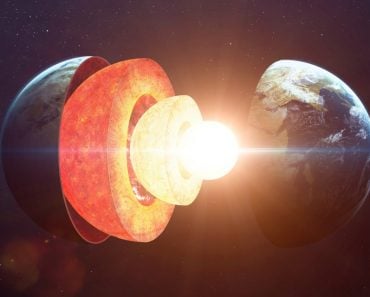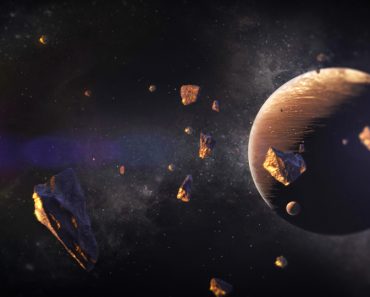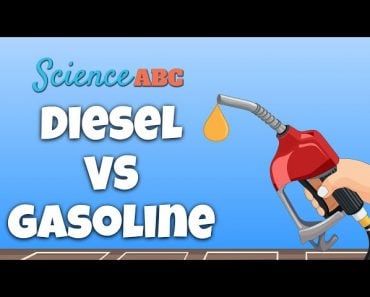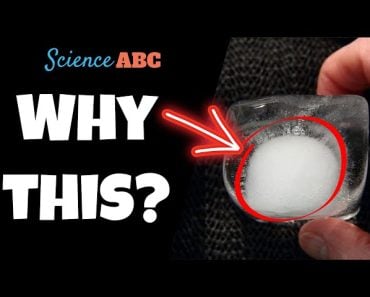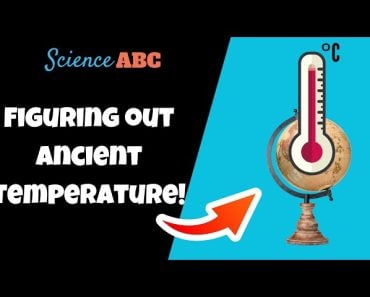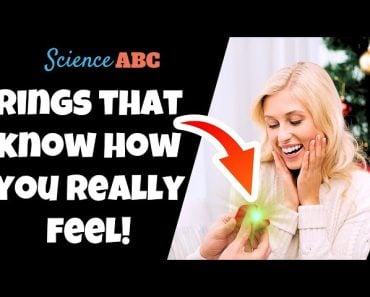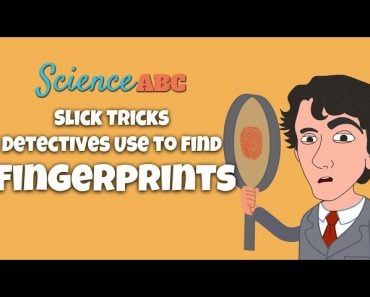Table of Contents (click to expand)
There are many ways to verify a diamond’s authenticity, from professional tools to simple at-home tests that can quickly reveal a fake, synthetic or artificial gemstone.
After years of dating the same person, imagine mustering up the courage to walk into a jeweler’s shop and spend thousands of dollars on a diamond engagement ring. This is one of the most important decisions—and purchases!—so you want to make sure that what you are buying is the real deal, a genuine diamond forged over the course of millions of years far beneath the Earth’s surface. When you get down on one knee, you want to be absolutely sure that the diamond is real, because passing off a cubic zirconium (even accidentally) as the genuine article is a terrible way to start an engagement!
The question is, knowing that there are so many fake diamonds in circulation, how can you be certain that what you’re buying is real? How can you reliably tell if a diamond is fake?
Recommended Video for you:
How Are Diamonds Made?
Between 1 and 3 billion years ago, about 100 miles beneath the Earth’s surface, the majority of every natural diamond we see on our planet was made. Diamonds are made of pure carbon, and form under extreme pressure and heat over an extended period of time. To form, the carbon atoms are compressed until they begin to form a crystal lattice structure, thanks to temperatures of approximately 750 degrees Fahrenheit and over 430,000 pounds of pressure per square inch.
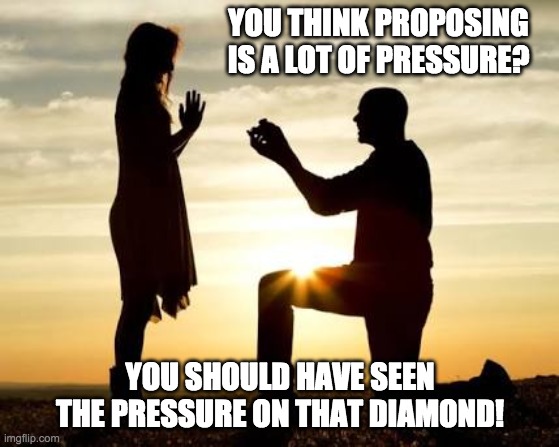
Over time, these deeply-seated diamonds are moved up to the surface, either through volcanic eruptions or the shifting of subduction zones, which can drive parts of the upper mantle to the surface, where the diamonds can be excavated. The first diamonds were discovered roughly 2,500 years ago in India, and they have enamored people around the world ever since. The greatest concentrations of natural diamonds are found in Russia, Botswana, Angola, Canada and South Africa.
Due to the incredible demand for these precious stones, and their significant price tag, there are many synthetic forms that are made from carbon (in laboratory settings) or created from other materials to closely mimic the appearance and qualities of diamonds. The skill with which these artificial diamonds are made can make it very difficult to tell an authentic stone from one that has been made in a lab!
Synthetic Diamonds
Anyone who has spent any time researching diamonds will have come across the term cubic zirconia at some point, which is just one type of unnatural diamond, along with manmade diamonds, zircon, moissanite, white sapphire, glass and synthetic garnet, among others. Before we can understand how to spot a fake, it’s important to understand what these impostor stones are all about!
- Manmade Diamonds – Since 1954, we have been artificially creating commercially viable diamonds by emulating the pressure and temperature of the earth’s mantle in a laboratory setting. Though earlier attempts date back to the late 19th century, Tracy Hall was the first researcher to dissolve carbon and then stimulate its conversion to a diamond. Such lab-grown diamonds have the same physical properties as natural diamonds, but are far younger. Diamonds can also be grown using a deposition process called CVD, in which layers of diamond film are deposited on silicon substrates to form diamonds that look so real only highly advanced machinery can detect the difference in crystal growth and the presence of trace elements.
- Cubic Zirconia – This is the synthetic cubic crystalline form of zirconium dioxide, a hard and usually colorless stone that looks almost identical to diamonds and are the most common replacements for diamonds. Commercially produced since 1976, these are durable, inexpensive and very close in appearance to diamonds.
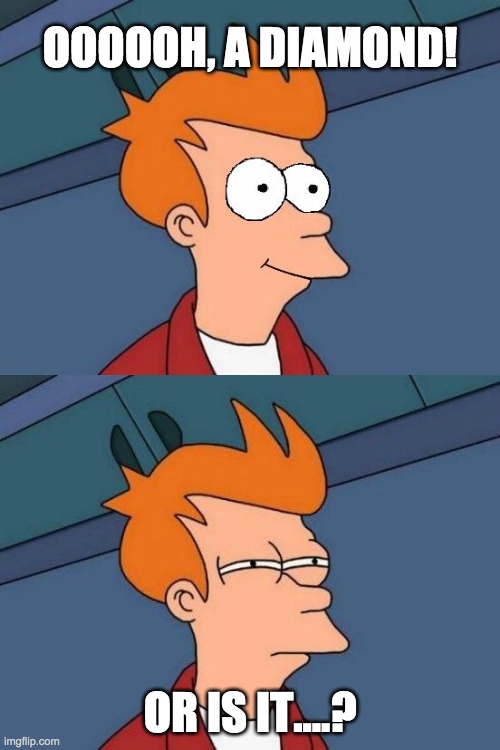
- Zircon – Unlike cubic zirconia, zircon is not a synthetic gemstone, but actually one of the oldest precious stones on the planet, perhaps even older than diamonds! It is a popular diamond simulant and has a similar luster and inner reflective fire as diamonds. Though slightly less hard than cubic zirconia, they are remarkably beautiful stones that can commonly pass for an authentic diamond.
- Other Gemstones – There are many other synthetic and natural gemstones that can simulate the appearance and effects of a diamond, including synthetic moissanite, diamond hybrids, white sapphire, spinel, synthetic garnet and common glass!
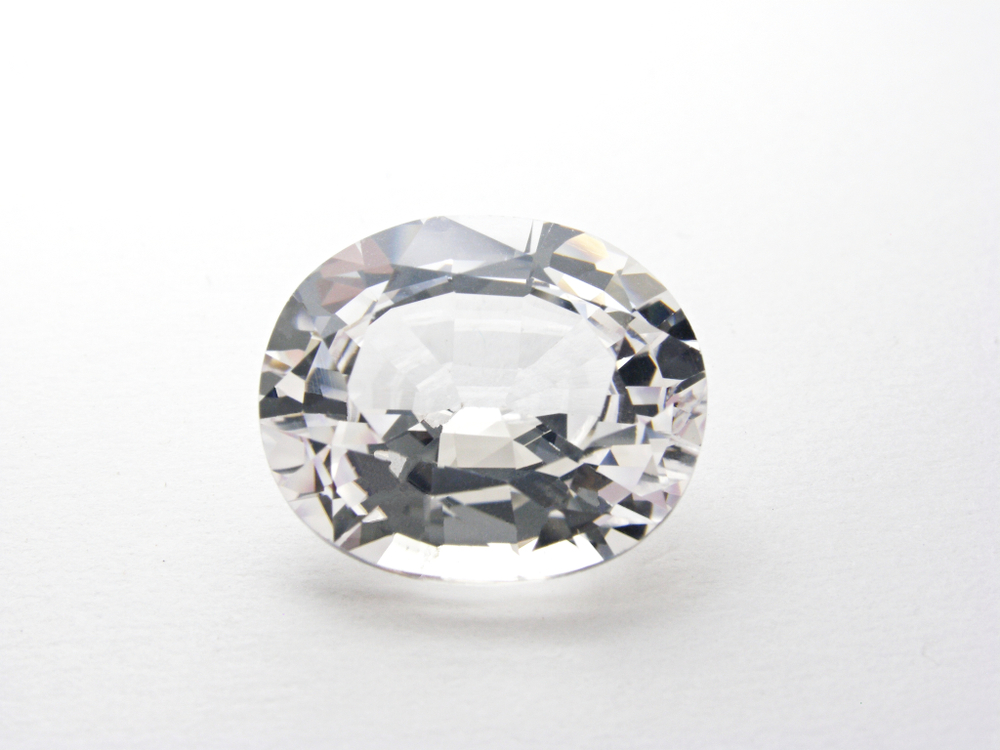
How To Tell If A Diamond Is Real
With so many artificial diamonds and diamond simulants on the market, the challenge of finding and buying a real diamond may seem daunting. Fortunately, there are a number of easy tests, and more professional measures, to determine whether your diamond is the real thing!
Professional Techniques
The most reliable way to determine a diamond’s authenticity is to take it to a jeweler, who can use a diamond tester, one of the most trusted tools, to gauge its quality. A diamond conducts heat differently than other gemstones, cubic zirconia or synthetic imitations, so a diamond tester will gauge how quickly heat moves through the stone, and quickly determine whether it’s real or not!
A manmade diamond, which is composed of carbon, will register positive on a diamond tester, so a different method can be employed. By using a loupe, a hand-held magnifying lens specifically designed for gemstones, a jeweler can spot any inclusions in the stone. Inclusions are tiny imperfections that occur in natural diamonds, but won’t be present in “perfect” manmade diamonds.
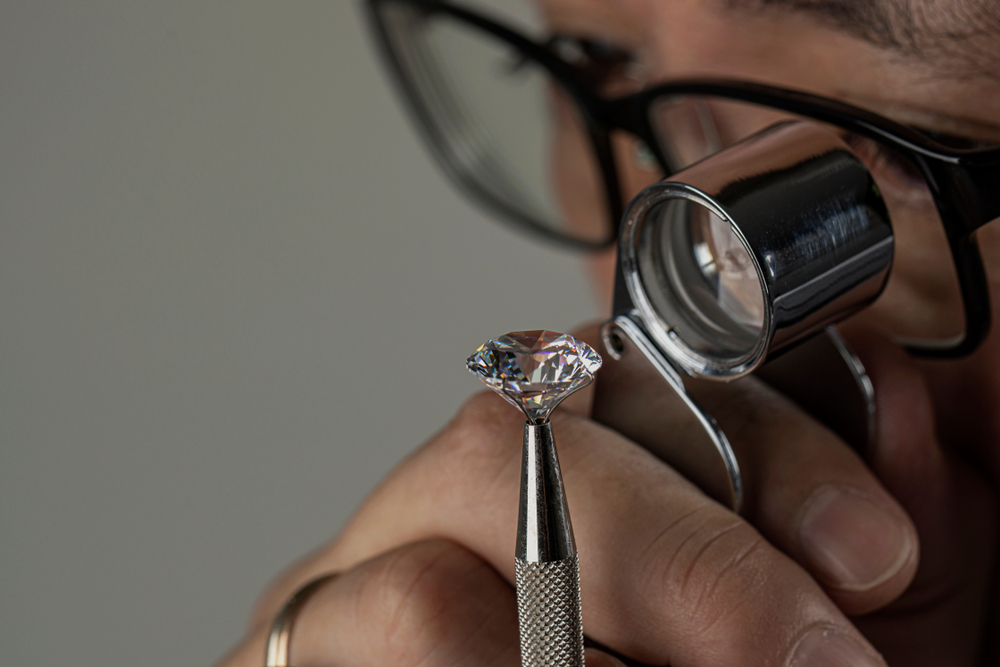
At-Home Tests
If you don’t want to spend your time or money going to a jeweler, there are various fun ways to test your diamonds for authenticity at home!
Water Test
Although this isn’t as effective for manmade diamonds, it will filter out any cubic zirconia or diamond simulants. A real diamond will sink to the bottom of a glass of water, due to its density. Most diamond simulants will float, sink more slowly, or hover in the middle of the water.
Newspaper Test
You can run a real diamond over a printed sentence in a newspaper and the ink below will be completely obscured. The many facets and the reflective quality of the diamond means you can’t see directly through it. Running a fake diamond over the same line of text, you will be able to make out the text, although it will be somewhat blurry.
Fire Test
If you heat a real diamond for 20-30 seconds in fire and then drop it into a glass of water, it will be completely unharmed. If you do the same thing to a fake diamond, the heat will increase the internal energy of the gemstone, so dropping it into the water will cause internal cracking and clouding, making it very obvious that it’s not for real!
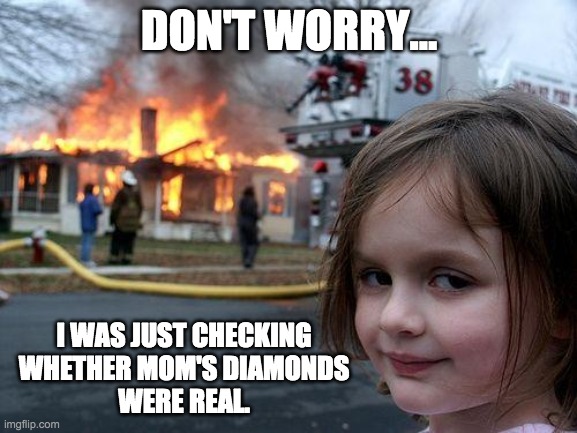
Sandpaper Test
Rubbing a real diamond on sandpaper will not leave any marks, because an authentic diamond is incredibly durable, being the hardest mineral that we have ever discovered. A fake diamond, however, will get scuffed or scratched by coarse-grit sandpaper.
Blacklight Test
If you have a black light on hand, identifying a fake diamond is easy! About 30% of diamonds will glow blue under a black light, although gems of the very highest quality will not have any UV fluorescence. A fake diamond, however, may glow in other colors, or will have no reactivity at all. While this isn’t a 100% accurate test, it is an easy preliminary test before trying one of the more intensive options explained here.
Fog Test
If you breathe warm air onto a real diamond, the fog on the surface should disappear rapidly, within 1-2 seconds. If you breathe warm air onto a fake diamond, the fog will take longer to dissipate fully, roughly 3-4 seconds. Again, this isn’t an ideal way to separate natural diamonds from manmade versions, but it’s a good way to identify simulants and cubic zirconia.
A Final Word
Diamonds are some of the most entrancing and sought after stones in the world, gracing the fingers, necks and ears of those who can afford them. Diamond simulants like cubic zirconia and manmade diamonds from a lab may sparkle and shimmer in the same way, but nothing compares to the original. If you want to guarantee that your diamond is the real deal, the tests and methods outlined in this article should ensure that your latest 3-billion-year-old gemstone is 100% authentic!
References (click to expand)
- How to Spot a Fake Diamond: What These 13 Tests Really .... gemsociety.org
- Erdemir, A. (2001, September). The role of hydrogen in tribological properties of diamond-like carbon films. Surface and Coatings Technology. Elsevier BV.
- Maeda, F., Ohtani, E., Kamada, S., Sakamaki, T., Hirao, N., & Ohishi, Y. (2017, January 13). Diamond formation in the deep lower mantle: a high-pressure reaction of MgCO3 and SiO2. Scientific Reports. Springer Science and Business Media LLC.
- Spear K. E.,& Dismukes J. P. (1994). Synthetic Diamond: Emerging CVD Science and Technology. John Wiley & Sons
- Dodson, J. S. (1978, August). The Brilliance, Sparkliness and Fire of Several Diamond Simulants. Optica Acta: International Journal of Optics. Informa UK Limited.


